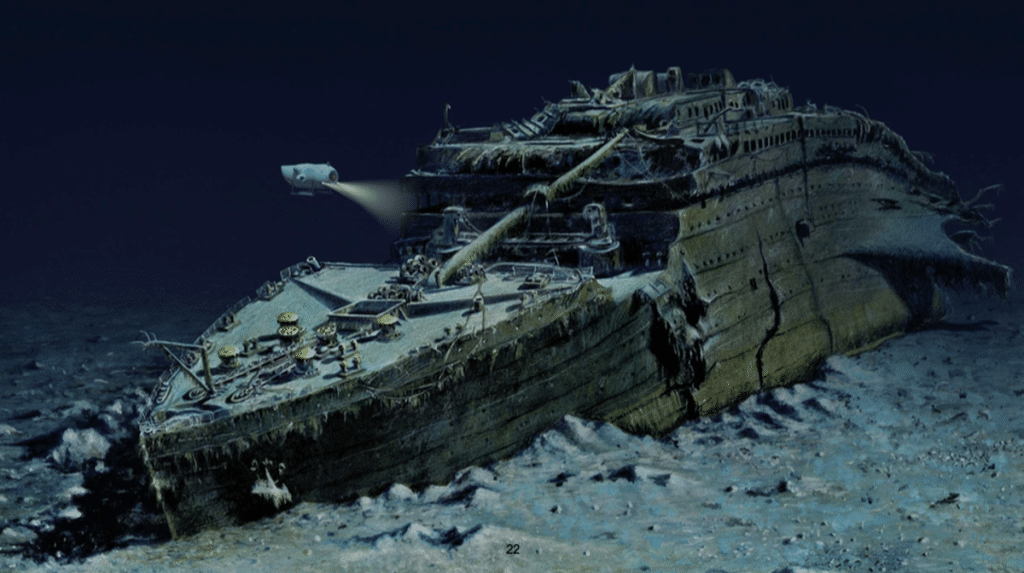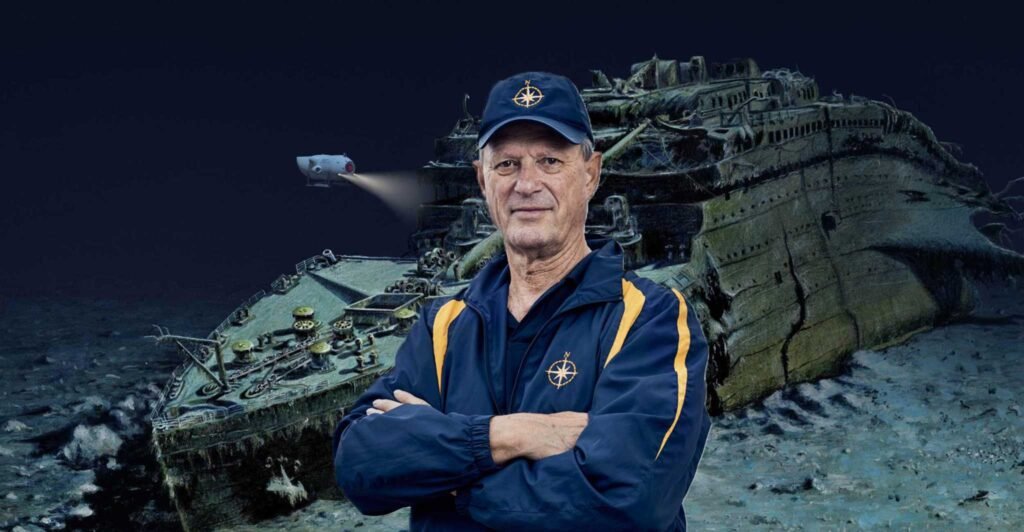
Discover the Spirit of the Titanic in Belfast
Titanic Belfast, is located next to the Titanic Slipways, Harland & Wolff Drawing Offices, and Hamilton Graving Dock. This was the very same spot where Titanic was conceived, built, and launched. Titanic Belfast depicts the narrative of Titanic from conception to maiden voyage and subsequent position in history.

Many legends have been discovered surrounding the people of the ship, involving the designers, constructors as well as those who sailed on the Titanic.
Designer of the Titanic
When speaking about who designed the Titanic a lot of people tend to refer to Thomas Andrews. However, Alexander Carlisle actually deserves the true credit. He was born in Ballymena, Co. Antrim on the 8th of July in 1854.

Carlisle was appointed chief naval architect at the yard in 1889, and from then on he built some of the White Star Line’s most renowned ships, including the Teutonic, Cymric, Oceanic, Adriatic, and eventually the ‘Olympic’ class vessels. As Manager, he converted Harland & Wolff into a virtual factory production line by redeveloping the yard to allow the building of the world’s biggest liners.
At the comparatively young age of fifty-five, he resigned from the roles of General Manager as well as Chairman of the Managing Directors at the end of June 1910; the reason for his decision remains unclear.

With both ships under construction, his drawings for the ‘Olympic’ class were finalised; Olympic was plated and only four months away from launching, while Titanic was still in the works. From July onwards, Thomas Andrews’ role was to pick up where Carlisle left off in the administration of a project where the key architectural choices had already been made some years previously.
Finding Titanic
Almost immediately after the Titanic sank, a number of ideas were made to bring her back to life, despite the fact that her specific position and condition were unknown.

To raise the ship to the surface, a number of bold and unworkable solutions were offered, including the use of balloons and electromagnets. All of these, however, failed owing to practical and technological challenges, as well as a lack of financing and a lack of understanding of the wreck site’s characteristics.

Risdon Beazley Ltd, a Southampton-based salvage business, attempted to recover Titanic for the first time in July 1953, but was unsuccessful. Many more suggestions were made in the 1960s and 1970s, but most were shelved due to financial constraints.

Dr. Ballard, who would go on to locate the RMS Titanic, had considered looking for the shipwreck as soon as 1973. In October 1977, he used the deep sea salvaging vessel Seaprobe to make his first effort to locate the ship. Unfortunately, the excursion was cut short due to the drilling pipe breaking.
Ballard approached the Navy in 1982 to tell them about Argo, his revolutionary deep sea underwater robot boat, and his quest for Titanic. The Navy was more interested in recovering two of their missing submarines, the USS Thresher and USS Scorpion, than in funding a hunt for the lost ocean liner. They agreed to fund Ballard’s Titanic quest on the condition that he first locate and study the two lost subs.
Dr. Ballard and Argo found buried nuclear submarine wreckage in the North Atlantic in 1984, and a second trip to explore the wreck of the USS Scorpion was launched in 1985.
At the end of this mission to find Titanic, only 12 days would remain…

Dr. Ballard determined that more people would be required to make the most of the little time they had, so he recruited French diving engineer Jean-Louis Michel and his crew on board to assist with the search.
Dr. Ballard and his colleagues arrived on location on the R/V Knorr on August 22, 1985, and launched Argo to start the search.
When Ballard and his crew went looking for the Navy submarines, they discovered that they had collapsed due to the high pressure at deep, scattering thousands of pieces of wreckage across the ocean bottom. The submarines may be found by following the debris trail.
They used that lesson to have Argo sweep across the ocean floor searching for Titanic’s debris trail, while the team took turns watching the video feed for anything unusual.
Observers spotted debris on the smooth ocean floor around 12:48 am on Sunday, September 1, 1985, and the remainder of the team was awoken.
Finally, a boiler was located, which was similar to those seen in 1911 photographs, and the hull was discovered shortly after.

Titanic Belfast allows you to discover everything known known about the Titanic from passenger lists, titanic love stories to translatic crossings.




